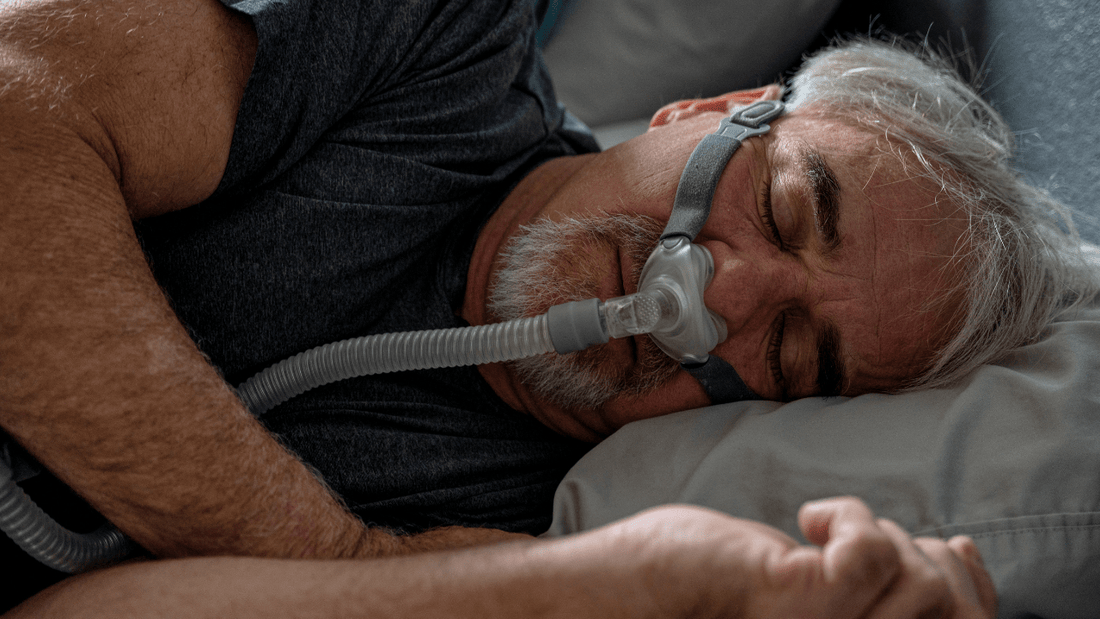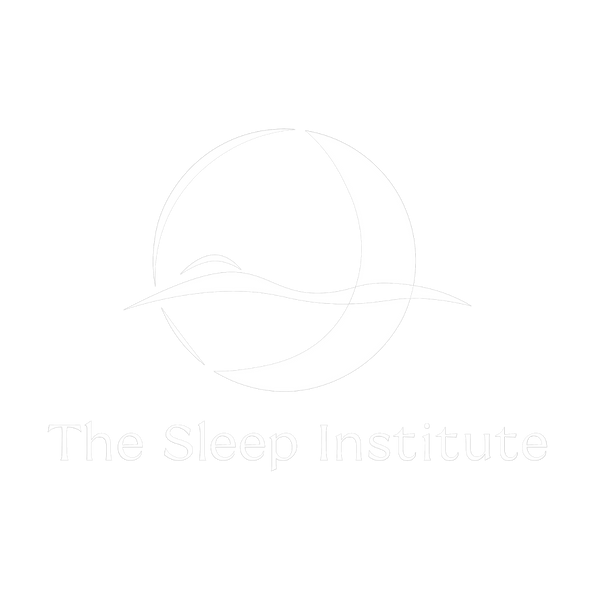
Is It OK to Exhale Through the Mouth with CPAP?
Using a CPAP machine for sleep apnea can be a life-changing experience, helping people breathe more easily and sleep soundly. However, one common question arises for CPAP users, particularly those new to therapy: Is it OK to exhale through the mouth with CPAP? Mouth breathing during CPAP therapy can cause discomfort and reduce the effectiveness of the treatment. This blog explores solutions and techniques to optimize your CPAP experience, whether you use a nasal mask, nasal pillows, or a full-face mask.
Understanding Mouth Breathing with CPAP
Mouth breathing with CPAP can occur when the mouth remains open during sleep, allowing air to escape instead of reaching the airways where it’s needed. This situation, often referred to as CPAP mouth leak, reduces the machine's effectiveness and can lead to symptoms like dry mouth, disrupted sleep, and insufficient treatment of sleep apnea.
While it’s technically ok to exhale through the mouth when using a CPAP machine, it’s not ideal for nasal masks or nasal pillows, which rely on a closed airway to deliver consistent air pressure. Let’s delve into how to manage this issue effectively.
How to Breathe with CPAP Nasal Pillows
Nasal pillows are a popular choice for CPAP users because they are lightweight, minimally invasive, and ideal for those who breathe primarily through their nose. However, for users prone to nasal pillow mouth breathing, maintaining a closed mouth during sleep is essential for therapy to work effectively.
Here are some strategies to address mouth breathing with nasal pillows:
-
Mouth Taping with CPAP
Mouth taping involves placing a medical-grade tape across the lips to keep the mouth closed during sleep. While this may sound uncomfortable, it can be a simple and effective solution for people committed to nasal breathing. Be sure to consult your doctor before trying this method. -
Chin Straps
A chin strap can help keep your mouth closed while you sleep, working alongside nasal pillows to prevent air leaks. Look for adjustable options that provide a snug fit. -
Humidifiers
Using a CPAP machine with a built-in humidifier can help alleviate nasal congestion, making it easier to breathe through the nose and reducing the need for mouth breathing.
Best CPAP Masks for Mouth Breathers
For individuals who naturally breathe through their mouths or cannot comfortably close their mouth during sleep, choosing a CPAP mask for mouth breathers is crucial. Options include:
-
Full-Face Masks
Full-face masks cover both the nose and mouth, making them an excellent choice for mouth breathers. These masks ensure that air pressure is delivered effectively, even if the mouth is open during sleep. -
Hybrid Masks
Hybrid masks combine the features of nasal pillows and full-face masks. They deliver air through the nose and mouth, offering flexibility and comfort for mouth breathers. -
Mouth Breather CPAP Mask
Specifically designed masks for mouth breathers focus on sealing around the mouth to prevent air leaks and maintain therapeutic pressure.
How to Keep Your Mouth Closed with CPAP
If you prefer to use nasal pillows or a nasal CPAP mask but struggle with mouth breathing, learning how to keep your mouth shut with CPAP can improve your therapy. Here’s what you can try:
-
Practice Breathing Techniques
Train yourself to breathe through your nose during the day by practicing diaphragmatic breathing. Over time, this can help you transition to nasal breathing during sleep. -
Address Nasal Congestion
A CPAP humidifier or saline nasal spray can help relieve congestion, making it easier to breathe through your nose and reducing the likelihood of mouth breathing. -
Positional Therapy
Sleeping on your back can exacerbate mouth breathing. Try side-sleeping to encourage nasal breathing and prevent the mouth from opening. -
Orthodontic Devices
Devices like mandibular advancement appliances can help keep the jaw in place, reducing the chance of mouth leaks during CPAP therapy.
What to Do If Your Mouth Fills with Air While Using CPAP
Some users experience the sensation of their mouth filling with air while using CPAP, which can be uncomfortable and disruptive. This issue, often caused by swallowing air (a condition known as aerophagia), may result from excessive CPAP pressure. Here’s how to address it:
-
Check CPAP Pressure Settings
If the pressure feels too high, speak with your doctor or therapist about adjusting your machine settings. -
Switch to an APAP Machine
Automatic Positive Airway Pressure (APAP) machines adjust air pressure based on your breathing patterns, providing just enough pressure to keep your airway open without over-delivering air. -
Try an Oral Appliance
An oral appliance can help position the tongue and jaw to reduce air swallowing.
Do Nasal CPAP Masks Work for Mouth Breathers?
Many wonder if nasal CPAP masks can effectively work for mouth breathers. While nasal masks are not inherently designed for people who breathe through their mouths, certain strategies, such as chin straps or mouth taping, can make nasal masks viable for mouth breathers. However, full-face or hybrid masks are generally a better choice for those who find it challenging to maintain nasal breathing during sleep.
How to Breathe with a Full-Face CPAP Mask
If you use a full-face CPAP mask, you have the flexibility to breathe through your nose or mouth without compromising your therapy. Here’s how to optimize your breathing:
-
Ensure a Proper Seal
A full-face mask requires a secure fit to prevent air leaks. Regularly clean your mask and adjust the straps for a comfortable, leak-free experience. -
Practice Relaxed Breathing
Focus on slow, steady breathing to adapt to the airflow provided by the CPAP machine. -
Utilize Humidification
A humidifier can help prevent dryness in both the nose and mouth, improving comfort and reducing irritation.
Does EPAP Work for Mouth Breathers?
Expiratory Positive Airway Pressure (EPAP) devices can work for some mouth breathers, but they are generally less effective than CPAP or APAP for individuals with moderate to severe sleep apnea. EPAP relies on exhalation resistance to keep the airway open and may not provide the consistent pressure required for mouth breathers with significant airway obstruction.
Key Takeaways for Mouth Breathing and CPAP
-
Is it OK to Exhale Through the Mouth with CPAP?
While technically acceptable, mouth exhalation can lead to air leaks and reduced therapy effectiveness with nasal masks or nasal pillows. Solutions like chin straps, mouth taping, or switching to a full-face mask can help. -
Choose the Right Mask:
Full-face or hybrid masks are ideal for mouth breathers, while nasal masks and pillows work best for nasal breathers with additional tools like chin straps. -
Address Underlying Issues:
Treat nasal congestion and practice breathing techniques to encourage nasal breathing. -
Customize Your Setup:
Work with your sleep specialist to find the right mask, pressure settings, and accessories for your needs.
By understanding your breathing patterns and using the right equipment, you can optimize your CPAP therapy and enjoy more restful, restorative sleep.
